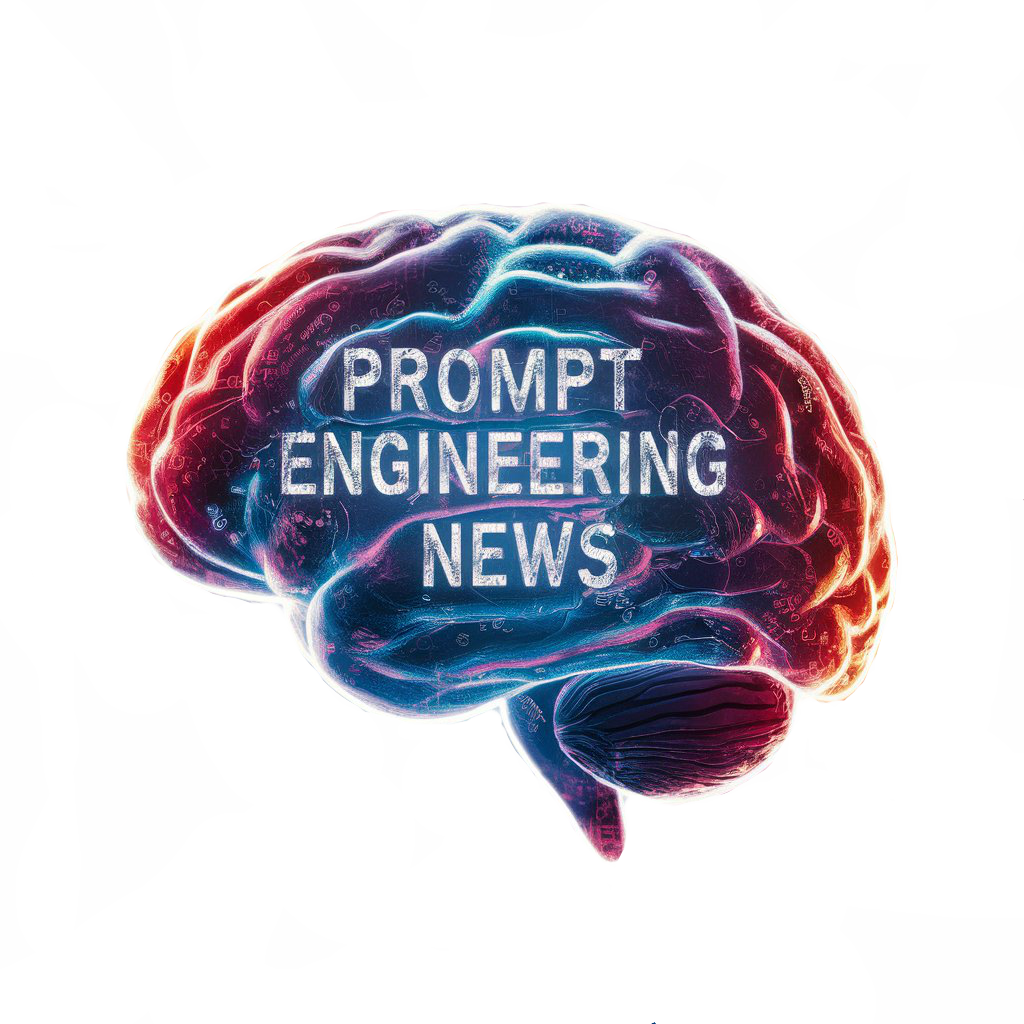In the era of AI-powered chatbots, prompt engineering has emerged as a critical discipline that determines the success of these conversational systems. Prompts are carefully crafted questions or statements that guide the chatbot’s understanding and response to user input. Good prompts are essential for creating chatbots that provide accurate, relevant, and coherent responses to user queries.
First and foremost, prompts should be clear, concise, and contextualized. This means that they should convey the necessary information in as few words as possible, and they should be tailored to the specific context of the conversation. For instance, a customer service chatbot might use different prompts for billing inquiries and product returns, depending on the user’s intent.

One of the key benefits of using prompts in chatbot design is the ability to control the conversation flow and ensure that the chatbot stays on topic. By providing specific prompts that cover a range of potential user queries and scenarios, developers can prevent the chatbot from veering off course or getting stuck in loops of repetitive responses. This not only saves time for users but also improves the overall efficiency of the chatbot.
Good prompt engenieering play a crucial role in improving the natural language understanding capabilities of chatbots. By incorporating well-crafted prompts that capture variations in user language and intent, developers can train the chatbot to better grasp the nuances of human conversation. This results in more accurate and contextually relevant responses, leading to a more satisfying user experience.
In addition, prompts can help personalize the chatbot experience and tailor responses to individual user preferences. By integrating prompts that gather user information or preferences at the onset of the conversation, developers can create a more personalized and targeted interaction. This level of customization not only boosts user satisfaction but also strengthens the relationship between the user and the chatbot.
Moreover, prompts should be designed to guide the chatbot towards the desired output. This involves selecting appropriate keywords and phrases that help the model interpret the user’s intent correctly. For instance, in a food delivery chatbot, using terms like “pizza” or “zomato” will make it easier for the model to identify the type of food the user is interested in.
Prompts should also be engaging and natural-sounding. This helps create an interactive and user-friendly experience that feels like a conversation with a real person. A well-designed prompt might start with a lighthearted comment or ask an open-ended question to encourage the user to provide more information.
finally, it is crucial to test prompts extensively to ensure they work effectively and accurately in different scenarios. This involves using real user data and evaluating the chatbot’s responses to understand where improvements are needed. Continuous iteration and refinement of prompts are necessary to maintain high levels of user satisfaction and engagement.
In conclusion, prompt engineering is a critical aspect of chatbot development that can make or break the user experience. By crafting clear, contextualized, and engaging prompts, chatbot developers can guide their models towards accurate and relevant responses, leading to more effective and satisfactory conversations with users.



